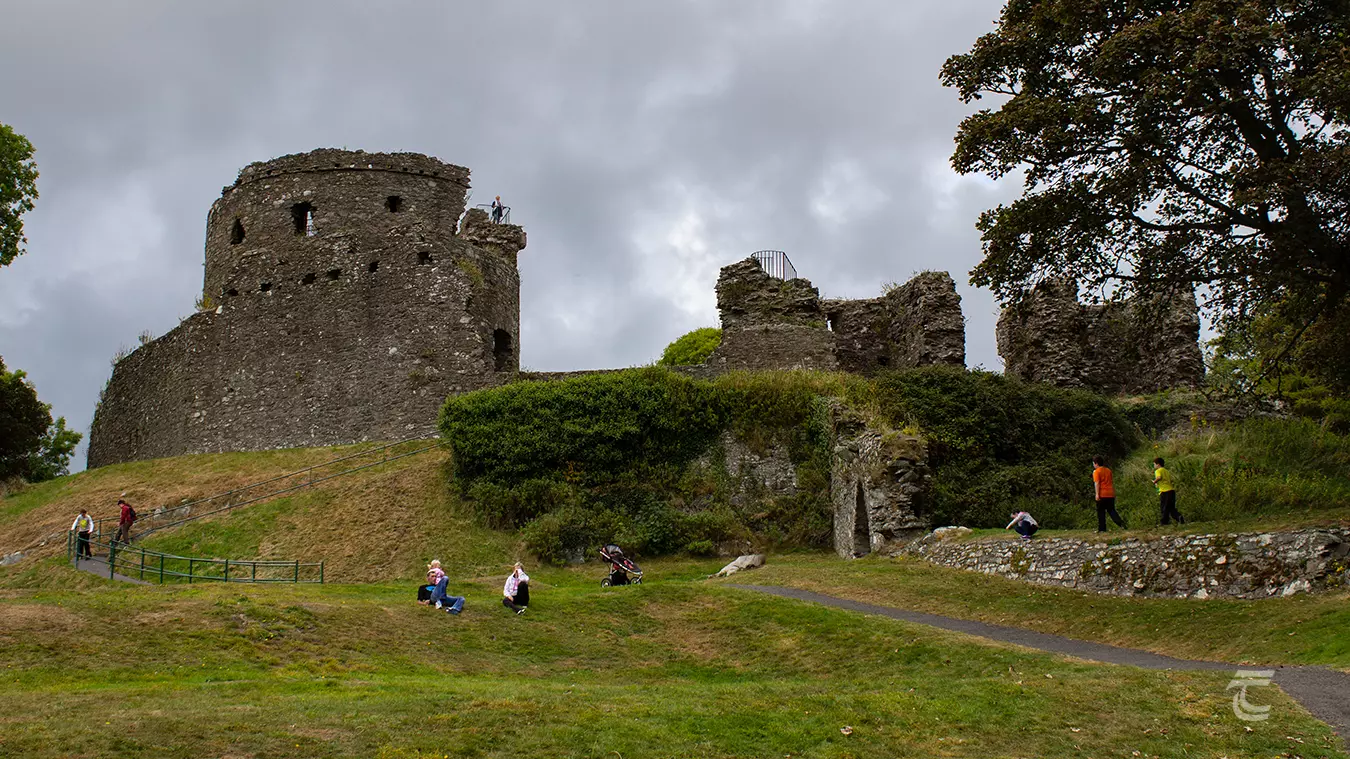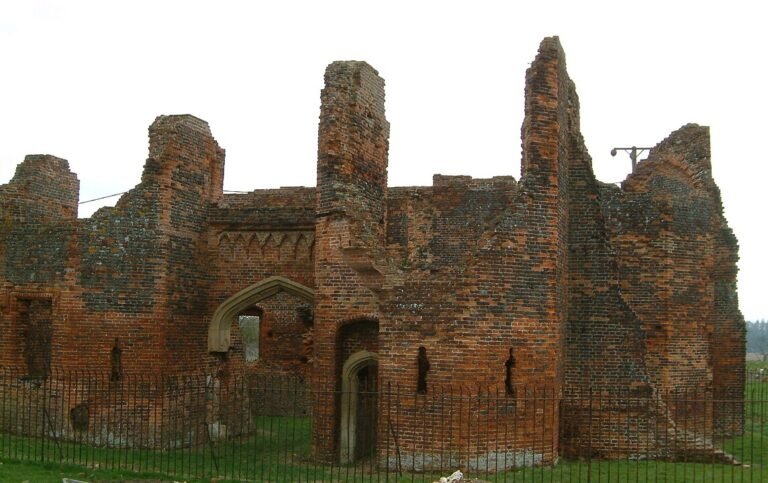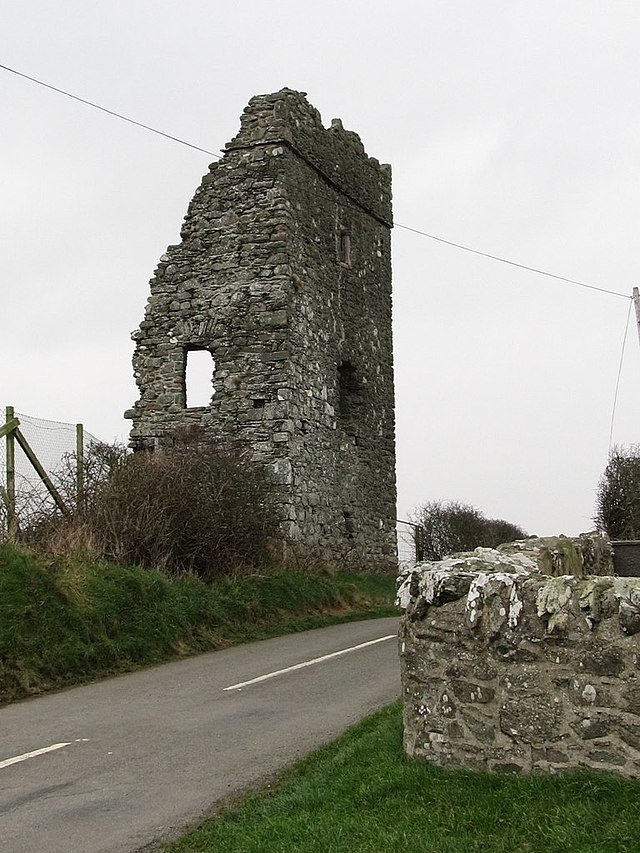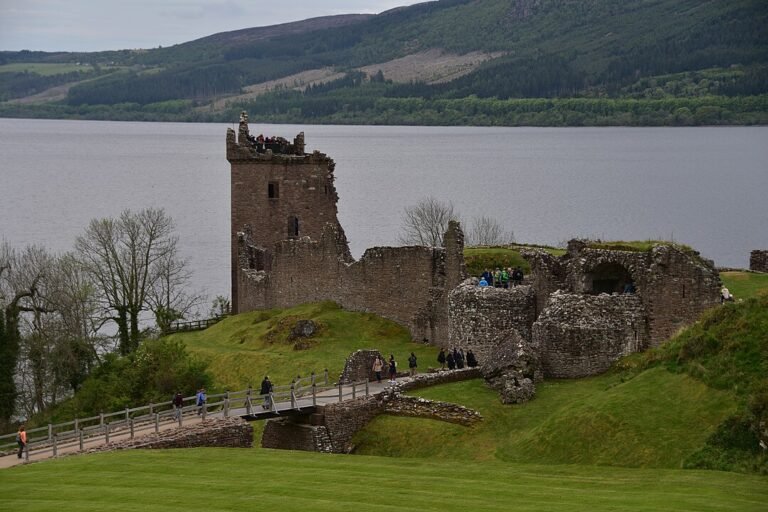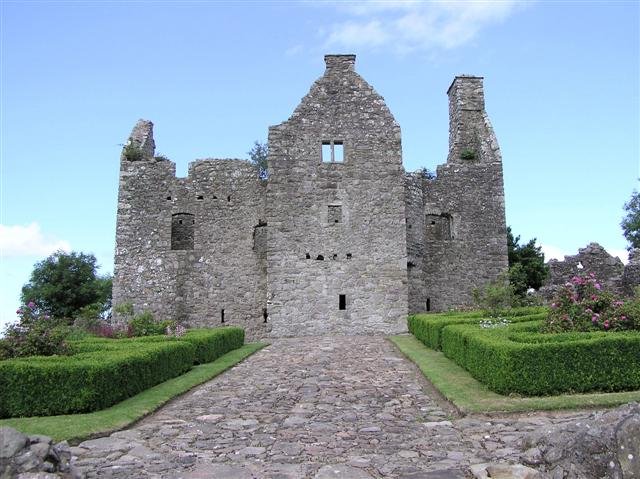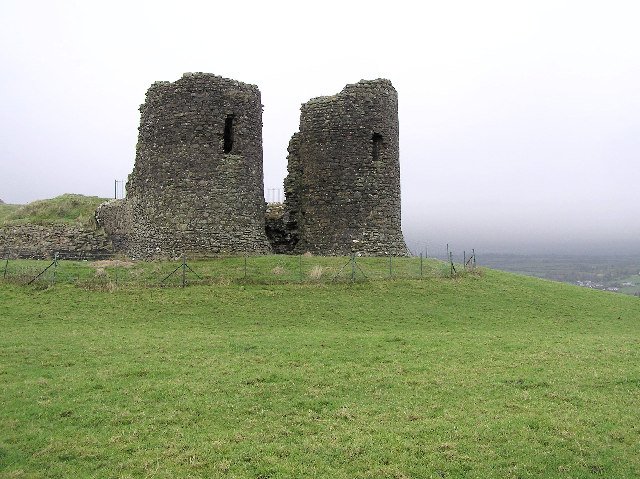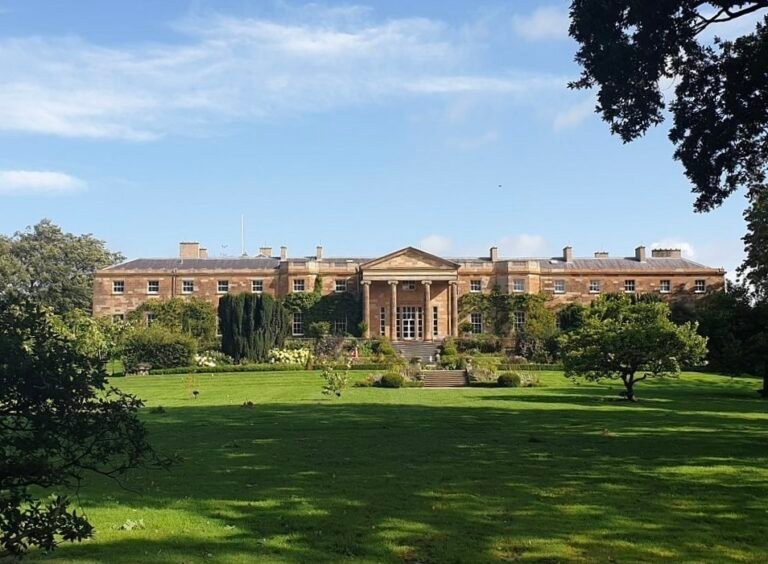Dundrum Castle: A Complete Guide to Northern Ireland’s Norman Fortress
Introduction to Dundrum Castle
Dundrum Castle, nestled on a hill above Dundrum village in County Down, Northern Ireland, is a striking Norman ruin with panoramic views over Dundrum Bay and the Mourne Mountains. Built in the early 13th century by John de Courcy, this historic stronghold offers a fascinating glimpse into medieval military architecture and Anglo-Norman expansion. Its strategic hilltop location made it a linchpin of control and defence in the region.
History of Dundrum Castle
Dundrum Castle was constructed around 1177 after de Courcy’s conquest of Ulster. Initially a motte-and-bailey fortification, it was later rebuilt in stone, with a circular keep and massive curtain walls added to fortify the site. Following de Courcy’s downfall, the castle passed to Hugh de Lacy and subsequently became a royal fortress under the English Crown.
The site saw action during various periods of unrest, including the Gaelic resurgence and the Nine Years’ War. By the 17th century, Dundrum Castle had fallen into disrepair and was eventually abandoned. Today, it stands as a protected State Care Monument managed by the Northern Ireland Environment Agency.
Key Features and Architecture
- Norman Keep: The central circular keep remains the most prominent structure, showcasing medieval defensive design.
- Curtain Wall: The stone wall encircling the inner bailey highlights the castle’s emphasis on layered defence.
- Gatehouse: The remains of the twin-towered gatehouse suggest a once-formidable entrance complex.
- Outer Bailey: Offers evidence of ancillary buildings, storage areas, and troop housing.
Visitors today can walk along the ruins, imagining the echo of centuries past while enjoying commanding views of the coastline and countryside.
Visiting Dundrum Castle
Opening Hours and Entry
- Hours: Open year-round, free of charge, typically from dawn until dusk.
- Admission: Entry is free as it is a publicly accessible heritage site.
Getting There
- By Car: Dundrum is approximately 35 miles (1 hour) from Belfast via the A24. Free parking is available near the site.
- By Bus: Translink buses from Belfast to Newcastle stop in Dundrum village (route 520).
Accessibility
The site has uneven ground and limited accessibility for wheelchair users, though the lower grounds and viewpoints are reachable with assistance. There are no on-site facilities, but cafes and shops are nearby in Dundrum village.
Best Time to Visit
Spring and autumn offer the best weather for walking and photography, with fewer tourists and clear views across Dundrum Bay. Early summer brings wildflowers and lush greenery, making the grounds particularly scenic. Winter offers peaceful solitude but shorter daylight hours and muddy paths.
What to Do Nearby
- Murlough National Nature Reserve: Just 5 minutes away, offering sand dunes and walking trails.
- Newcastle: A seaside resort 10 minutes away, perfect for dining, beaches, and access to the Mourne Mountains.
- Tollymore Forest Park: A filming location for Game of Thrones, with dramatic landscapes and walking paths.
Suggested Itineraries
One-Day Heritage Loop
- Morning: Explore Dundrum Castle (1–1.5 hours).
- Late morning: Walk at Murlough National Nature Reserve (1 hour).
- Lunch: Enjoy seafood at Mourne Seafood Bar in Dundrum.
- Afternoon: Head to Tollymore Forest Park (2 hours).
- Evening: Return to Newcastle for sunset on the promenade.
Two-Day Mourne Experience
- Day 1:
- Visit Dundrum Castle and village cafés.
- Hike Slieve Donard for sweeping views (3–4 hours).
- Stay overnight at a B&B in Newcastle.
- Day 2:
- Explore Tollymore Forest and Silent Valley Reservoir.
- Dinner in Newcastle or nearby Castlewellan.
Where to Eat and Stay
Dining Options
- Mourne Seafood Bar: Fresh, local seafood in a rustic setting.
- The Bucks Head Inn: Modern pub dining with a cosy atmosphere.
- Olive Bizarre: A quirky café with hearty brunches and desserts.
Accommodation
- Newcastle: Offers a range from boutique hotels (e.g., Slieve Donard Resort) to budget B&Bs.
- Dundrum Village: Cosy guesthouses and self-catering cottages.
- Rural retreats: Farm stays and countryside lodges are ideal for families or couples.
FAQs about Dundrum Castle
Is Dundrum Castle dog-friendly?
Yes, dogs are welcome, but must be kept on a lead, especially near cliffs and ruins.
Can I take photos at Dundrum Castle?
Yes, photography is allowed. It’s a popular spot for landscape and heritage photography.
Are there guided tours available?
No formal tours are offered on-site, but self-guided visits are common, and information boards provide historical context.
Is Dundrum Castle suitable for children?
Yes, children enjoy exploring the ruins and open spaces. However, supervision is required near steep drops.
Is Dundrum Castle open year‑round, and what are its opening hours?
Yes, Dundrum Castle is open throughout the year, free of charge. According to the official Northern Ireland tourism site, it’s open Tuesday to Sunday, 09:00–16:00, and closed on Mondays. It also opens on bank holidays.
Is the castle accessible for wheelchair users or people with mobility issues?
Access may be challenging. The site is on a sloping, rocky knoll, and the paths, including up to the keep, can be uneven. Full access to the interior is limited.
What is the significance of Dundrum Castle?
Strategically positioned atop a rocky hill, the castle overlooks Dundrum Bay, the Mourne Mountains, and the approaches across Lecale. It served as a key defensive stronghold during Norman expansion, changing hands several times through medieval conflicts.
